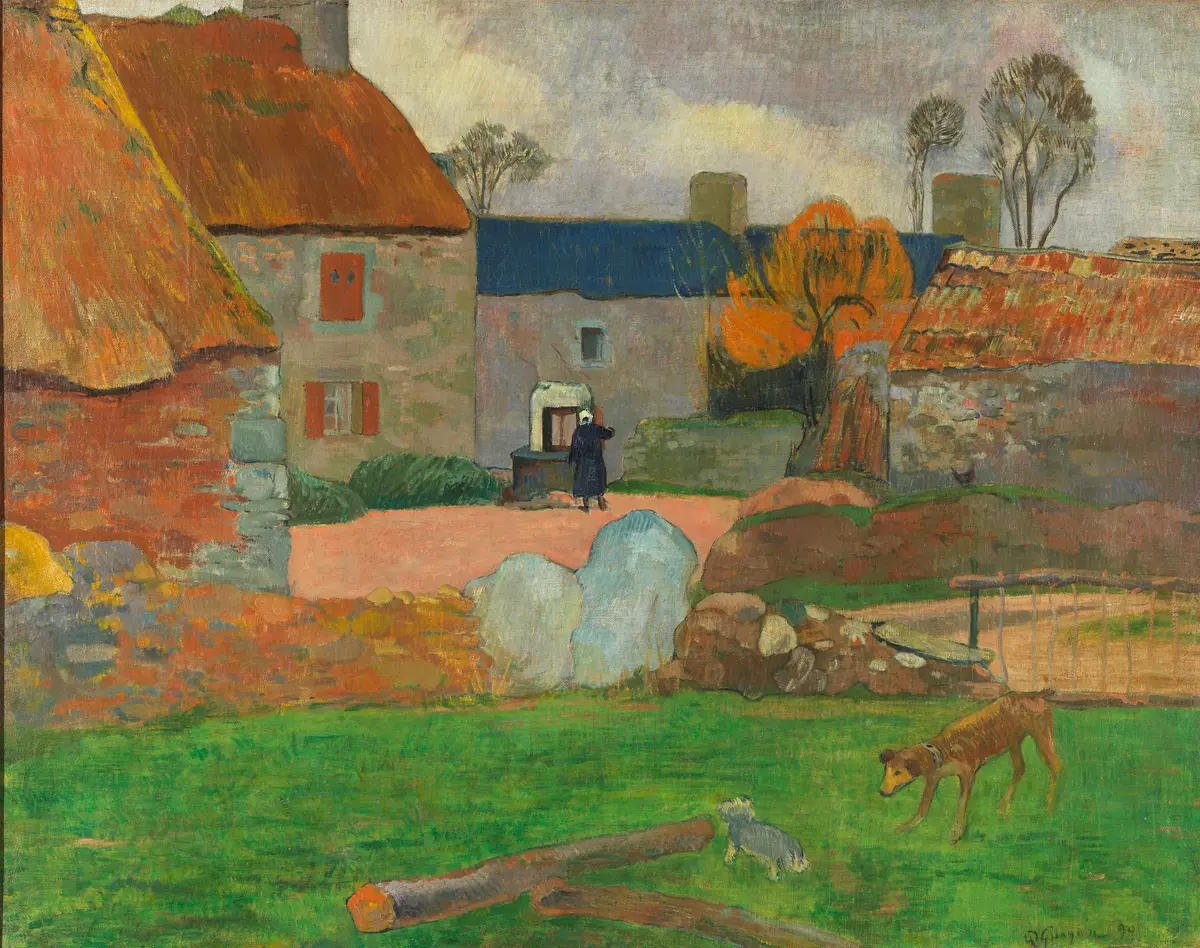Australia’s National Gallery in Canberra has recently acquired its first-ever painting by the Post-Impressionist master Paul Gauguin.
The National Gallery of Australia has a robust collection as one of the country’s premier cultural institutions. Their Australian art collection, from both non-indigenous and Aboriginal artists, is one of the finest in the country. Meanwhile, their European paintings range from Monet to Hockney, and their sculpture collection includes works by Auguste Rodin and Henry Moore. While the museum represents many artists, Paul Gauguin has not been one of them. It was, therefore, very exciting when the National Gallery announced a new exhibition, Gauguin’s World: Tōna Iho, Tōna Ao. Having first opened in late June, the exhibition is an interesting one for an Australian museum since Gauguin created many of the featured paintings while living on the French Polynesian island of Tahiti. They form part of the Pacific region’s artistic legacy abroad, even though none of the paintings would ever be exhibited or kept at any of the islands’ museums or cultural centers. The National Gallery has therefore sought to contextualize Gauguin’s work as that of a European in an extremely far-off locale under French colonial rule. This includes probably the most controversial part of the artist’s legacy: his personal life.
Scholars have recently reevaluated Gauguin’s place in the Western artistic canon. Art historians are now less willing to ignore his abandonment of his wife and five children in favor of living in Tahiti, where he preyed on young women and girls. He not only “married” three of them, the oldest being fourteen years old, but infected them all with venereal diseases. While it is important to recognize his influence on later artists like Matisse and Picasso, it is equally important to highlight how his problematic personal life permeates his art, which some now call “a sexual and racial fantasy forged from a position of patriarchal, colonialist power.” The National Gallery recognizes this problematic aspect and plans to organize lectures and podcast episodes dedicated to all aspects of Gauguin’s life and work. Whether this approach to the subject is sufficient has yet to be determined. Australian art historian Sasha Grishin has commented, “Whether when you enter the exhibition, you should have a little plaque up saying this person is a really, really nasty piece of work – perhaps that should be brought to the forefront”. The museum also displays his paintings alongside contemporary work by Pacific Islander artists, some of which take direct inspiration from Gauguin to contextualize them better. Now, the museum has recently announced that it has just acquired one of the paintings on loan for AU$9.8 million (or US$6.4 million).
Gauguin painted The Blue Roof, also known as Farm at Le Pouldu, in 1890, showing a small town on the coast of Brittany in northwestern France. The use of bright colors like orange and pink are indicators of his later experiments with color while in the Pacific, to which he would travel about a year after completing this painting. The museum purchased the painting from a private collector, likely the same person who bought the work at Christie’s for US$5.3 million in 2000. Not only is it the first painting by Gauguin in the National Gallery’s collection, it is the first in any Australian public art collection. The museum has a series of Gauguin prints donated by the Australian artist Sir Russell Drysdale, but until now has not had any Gauguin paintings. According to the museum’s director Nick Mitzevich, “It captures a key point in art history – the moment when the artist emerged as an intensely original master, taking impressionist colour schemes and transcending them to be bolder and more daring”.
Gauguin’s World: Tōna Iho, Tōna Ao will be open at the National Gallery in Canberra through October 7th.

